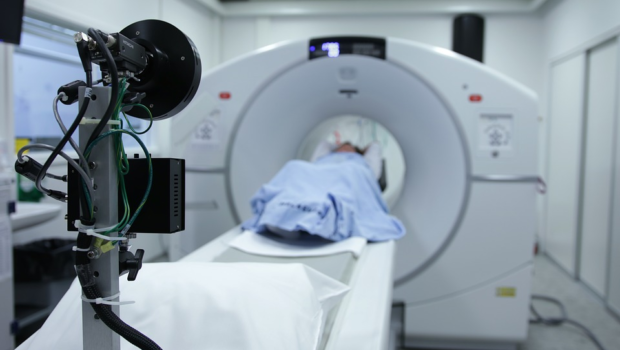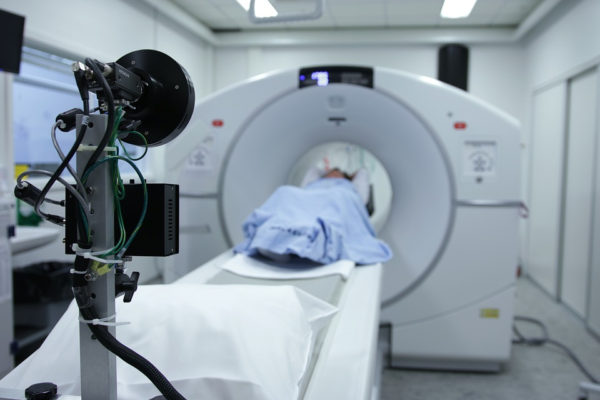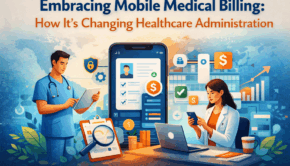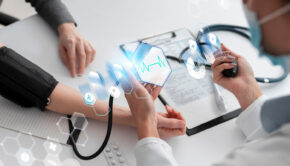Technology Is Making Healthcare More Efficient
We rely on technology to increase our quality of life in nearly every aspect. Technology can make our homes more comfortable, our daily lives more connected to news and knowledge, and our understanding of the universe and where we come from more complete. It makes contact with others simpler and the sharing of ideas more fluid. It’s no wonder, then, that healthcare can and does benefit from all the ways that technology touches our lives. Tech makes healthcare providers better at what they do, and in the end, saves lives.
Innovative Advancements
Medical breakthroughs are in the news every day. Cancer research, stem cell therapies, and even 3D printing replacements for body parts, like bones, means that technology constantly strives to make us live longer, healthier lives. The future of medical technology is limitless: Once an MRI sounded like fantasy. Now, MRIs are commonplace — even routine. Someday, medicinteknik with enable growing a replacement nose inside an arm and 3D printing replacements for diseased tissue will be just as commonplace.
Medical Monitoring
Technology puts medical hardware in the hands of every patient. From devices that help diabetics monitor their blood sugar to smart watches that track heart rate, temperature and blood pressure, better medical and health monitoring in the hands of patients and caregivers means earlier detection of problems as they arise. Wearable tech isn’t just for patient monitoring of chronic illnesses; it can also guide us to healthier lifestyles, which leads to healthier, longer lives.
Quality Control
Technology allows medical caregivers the opportunity to ensure the highest quality of care, including with the supplies and instruments they use to heal. Whenever something slips below the expected level of quality, technology helps organize the necessary recalls of malfunctioning products and makes sure that everything in use works the way it should. The speed of the internet and the ability to not only coordinate recalls but communicate to patients the hows and whys of recalls means that a potentially dangerous situation can get resolved quickly.
Administration and Coordination
Digitized charts and files give hospitals and doctor offices the ability to communicate quickly and effectively. When medical caregivers have more information and are able to access the data faster, it creates better, more thorough care for patients. Digitizing health records and maintaining centralized databases that connect health care providers throughout the country helps medical professionals identify trends in a patient’s illness and behaviors that could mean life or death. These changes can help doctors see the difference between a patient whose condition is worsening, or a patient struggling with medication and looking for drugs.
We still have a long way to go before we’re at “Star Trek” level of curing illnesses, but technology brings medicine a step towards a future full of vaccines for diseases like AIDS, a cure for the common cold and surgery without a single cut every day.
















